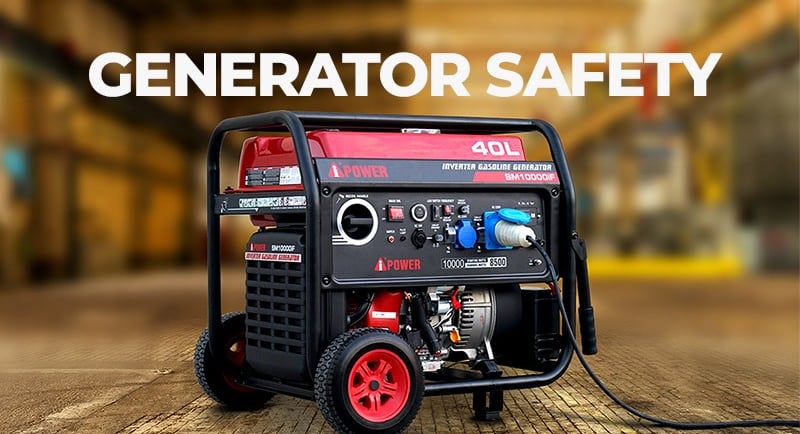Generator Safety : Do's & Don'ts
2 min read


A Comprehensive Guide to Safe Generator Usage:
Do's and Don'ts with Your A-iPower Generator
The increasing popularity of generators for work, recreation, and emergency backup power brings great convenience, yet it's crucial to recognize the potential hazards associated with their usage. Generators, like any engine-powered tool, can pose dangers if not handled properly. Understanding and adhering to safety protocols are essential to mitigate common risks such as shocks, fire, carbon monoxide poisoning, vibration hazards, and fuel spills.
To maximize the benefits of your A-iPower generator while ensuring safety and reliability, consider the following do's and don'ts:
Do...
Follow instructions: Thoroughly read the instruction manual specific to your A-iPower generator model. Take note of any model-specific guidelines. If queries arise, seek clarification from us before using the generator.
Select the right generator: Assess your power needs based on intended usage—home, work, or recreation. Determine the appliances, tools, or equipment you plan to power. Calculate the maximum power requirement and choose a generator that exceeds this total to prevent overloading or damage.
Use suitable extension cords: Opt for heavy-duty, grounded, and GFCI-enabled extension cords of at least 14-gauge. Regularly inspect cords for frays or exposed wires to prevent electric shock hazards.
Maintain the generator: Use fresh gasoline and periodically start the generator to ensure functionality. Store it in a dry, accessible area for easy access during emergencies.
Don't...
Operate indoors: Never run a portable generator indoors, including within homes or garages. If powering indoor equipment like a basement appliance, use an extension cord through a window while placing the generator safely away from the house to avoid deadly carbon monoxide exposure.
Expose to adverse weather: Protect the A-iPower generator from rain or snow during operation. Running or touching a wet generator can lead to shock or electrocution risks.
Attempt electrical connections: Avoid connecting the generator directly to your home's fuse box without a transfer switch installed by a licensed electrician.
Refuel while running: Turn off the generator and allow it to cool before refueling to prevent potential fire hazards from spilled gasoline on a hot engine.
Overload the generator: Adhere strictly to usage guidelines and avoid overloading the generator, as it could blow fuses or damage connected equipment.
Prioritizing safety ensures the safe operation and longevity of your generator. For any uncertainties regarding the proper use of your A-iPower portable generator, do not hesitate to reach out to us. By following these guidelines, you can harness the power of your generator while keeping safety at the forefront of its operation.
Phone : +971 4 295 5800
@2024 Senci General Trading LLC, All Rights Reserved


Dubai, United Arab Emirates
